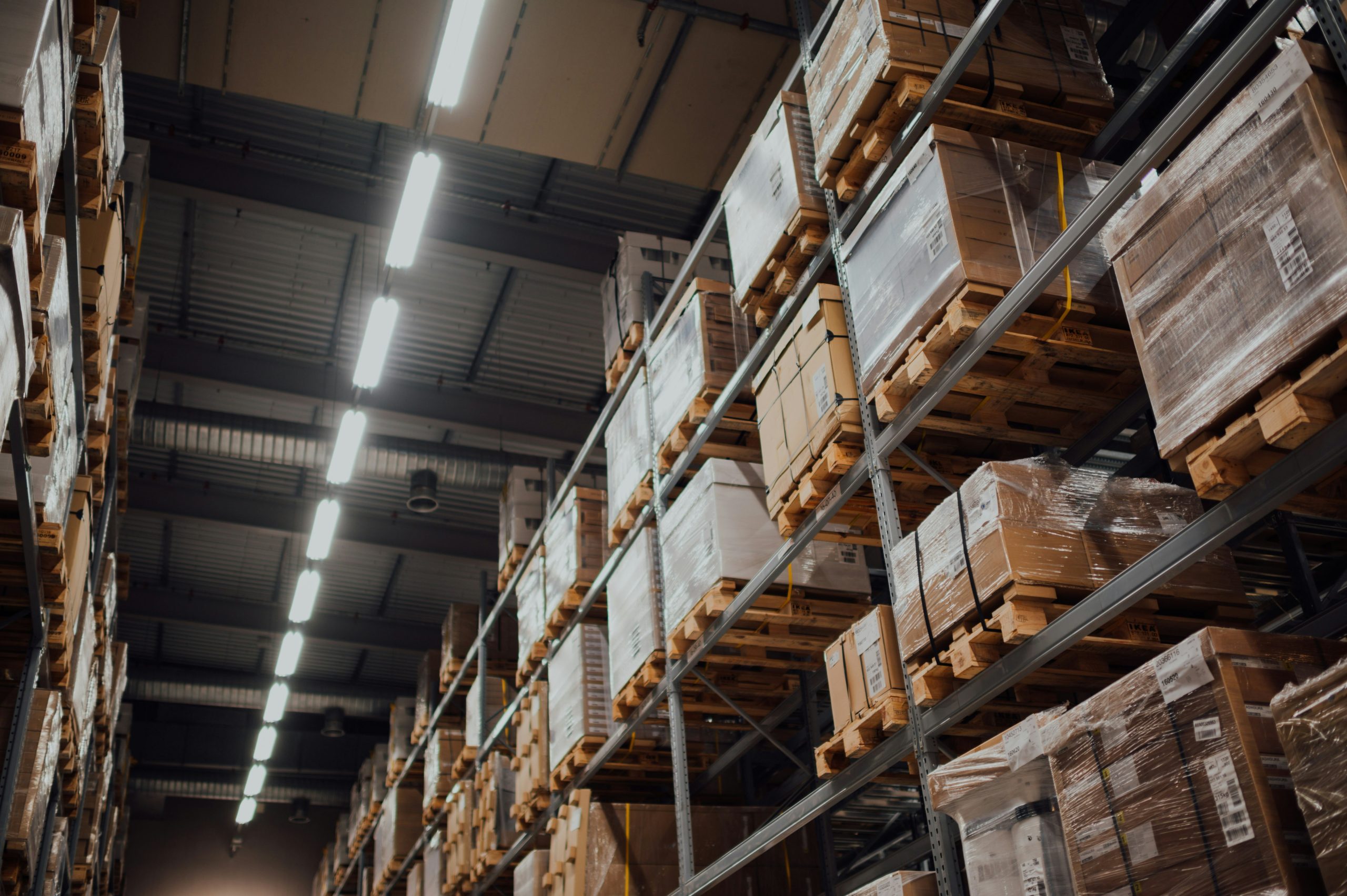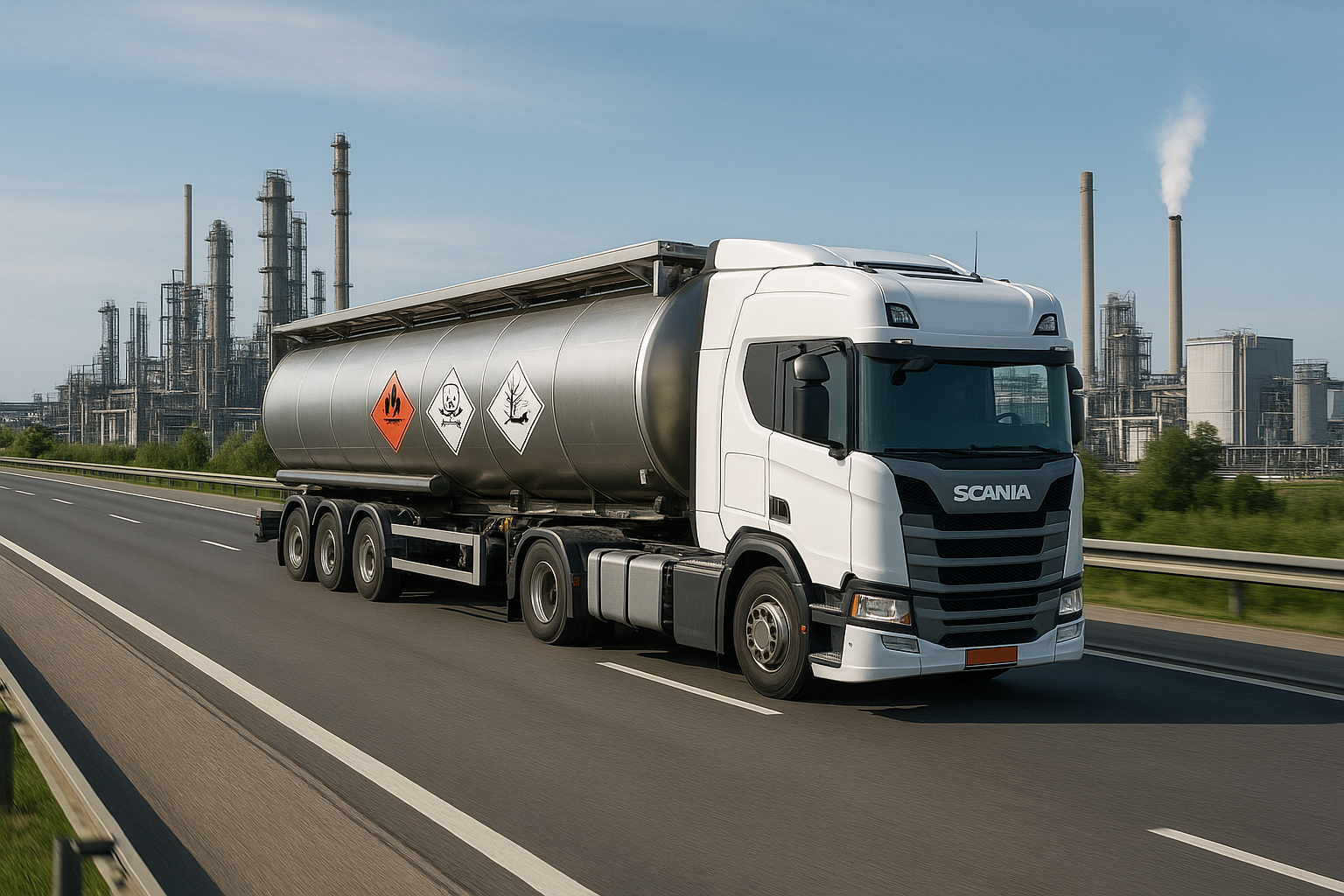“A customer places an order today and expects to receive it tomorrow. Can you deliver? Meanwhile, your management wants to reduce transport costs. How do you keep all the balls in the air?”
The pressure on delivery times, margins, and customer expectations is increasing. Companies are therefore increasingly looking for ways to digitize and optimize their supply chain. Two commonly used solutions are the Transport Management System (TMS) and the Warehouse Management System (WMS). Both are powerful tools for improving processes, but they focus on different links in the chain.
In this article, you will discover exactly what a TMS and a WMS do and how to determine which system best suits your situation.
What is a TMS?
A Transport Management System supports the planning, execution, and optimization of transport activities. This includes choosing the right carrier, bundling shipments, calculating freight costs, and tracking deliveries in real time.
Important advantages of a TMS include:
- Cost reduction through more efficient routes.
- Better use of carrier capacity.
- Real-time insight into transport status and performance.
- Automation of communication with carriers and customers.
A disadvantage may be that the system is less relevant for organizations without frequent or complex transport movements. The connection with other systems, such as an ERP or WMS, sometimes requires technical coordination.
What is a WMS?
A Warehouse Management System focuses entirely on the processes within the warehouse. The system controls, among other things, receiving, storage locations, order picking, and inventory management.
Important advantages of a WMS include:
- Higher inventory accuracy and delivery reliability.
- Faster order processing through optimized picking routes and real-time data.
- Better utilization of storage space through smart location management rules.
- Fewer errors thanks to barcode scanning and digital work orders.
Implementing a WMS can be complex and requires an investment in both software and training. It is less relevant for companies without their own warehouse.
The difference at a glance
Although both systems are part of the supply chain, they serve different parts of the process. A TMS focuses on everything that happens outside the warehouse—transportation to the customer or between locations. A WMS, on the other hand, optimizes everything within the warehouse walls—from receipt to shipment.
In practice, TMS and WMS often complement each other. Combining both systems can give you maximum control over your supply chain: from the efficient organization of warehouse processes to reliable delivery to the customer.
Making the right choice
- Choose a TMS if you have a lot of transport movements, work with multiple carriers, or operate internationally.
- Choose a WMS if your main challenges are inventory management, order picking, and warehouse efficiency.
- Combine both systems if you want to optimize your logistics as a whole.
More control over your logistics
A well-chosen and smartly designed TMS can make the difference between operational chaos and strategic control. IDS ensures that your transport processes—from planning to delivery—run seamlessly and efficiently.
That is the power of collaboration. That is the power of IDS.
Curious about how a TMS can take your logistics to the next level? Schedule a no-obligation consultation with our specialists and discover how IDS can help you reduce costs, improve performance, and grow sustainably.
 19 August 2025
19 August 2025


